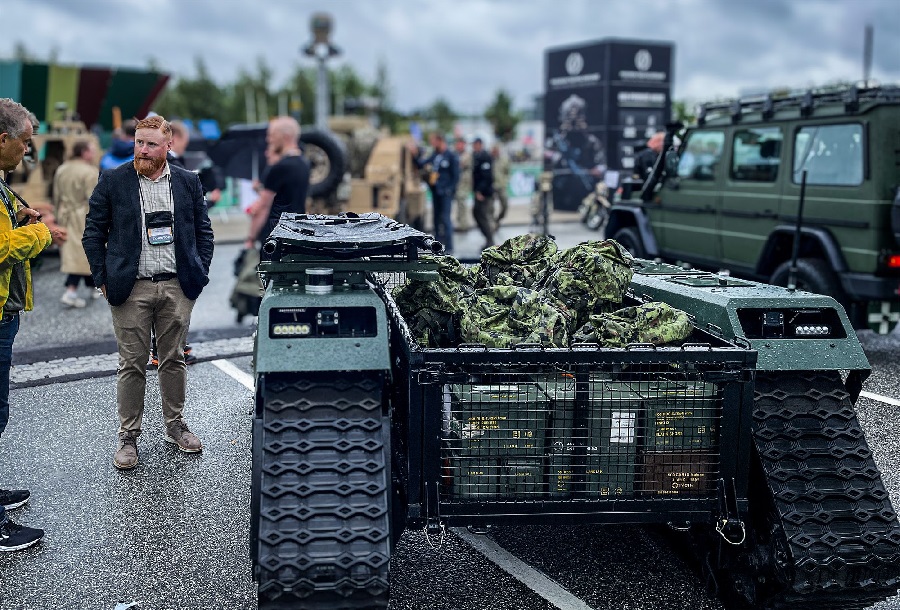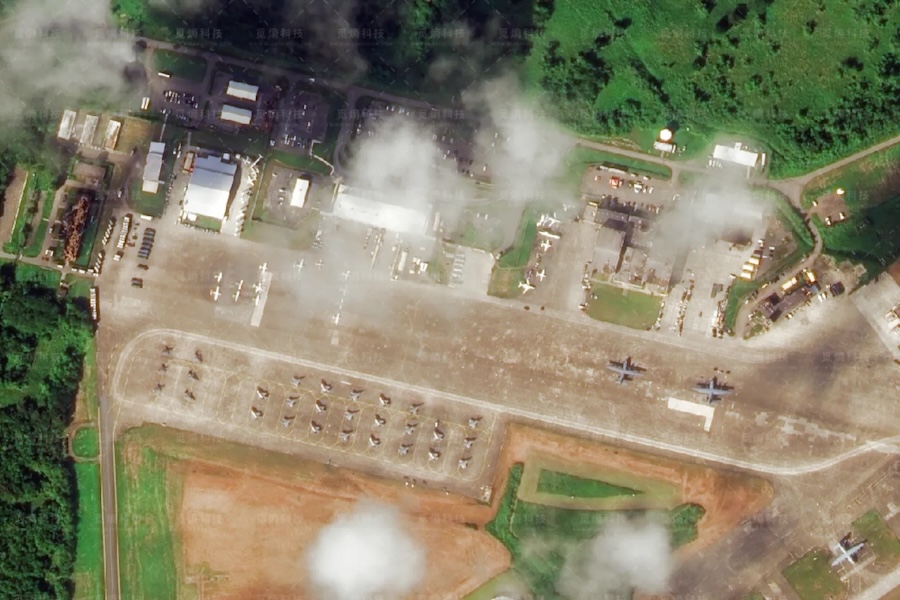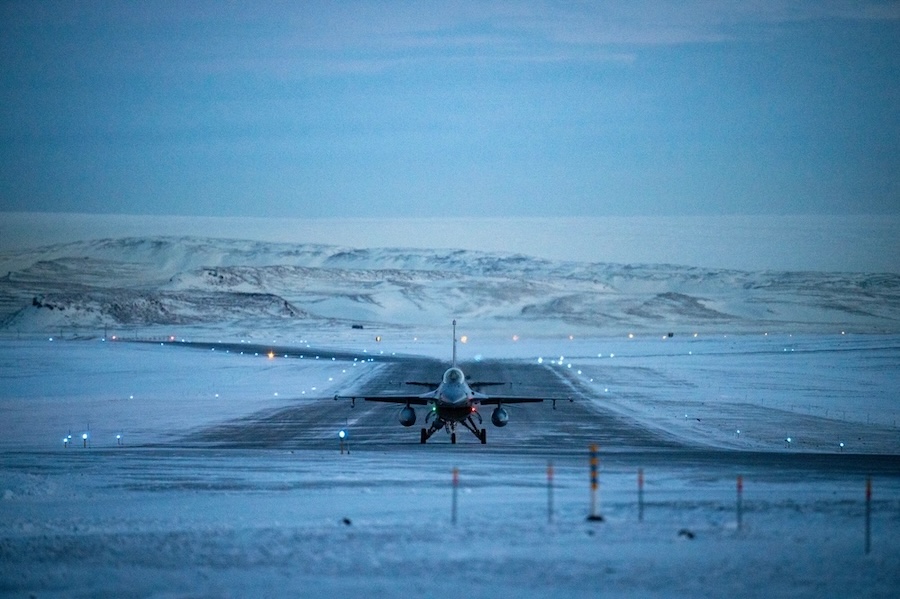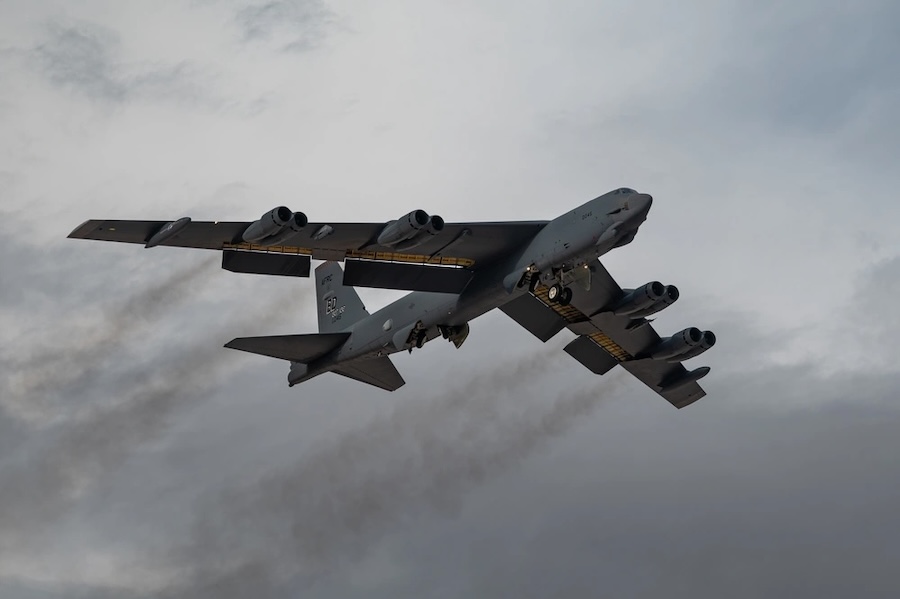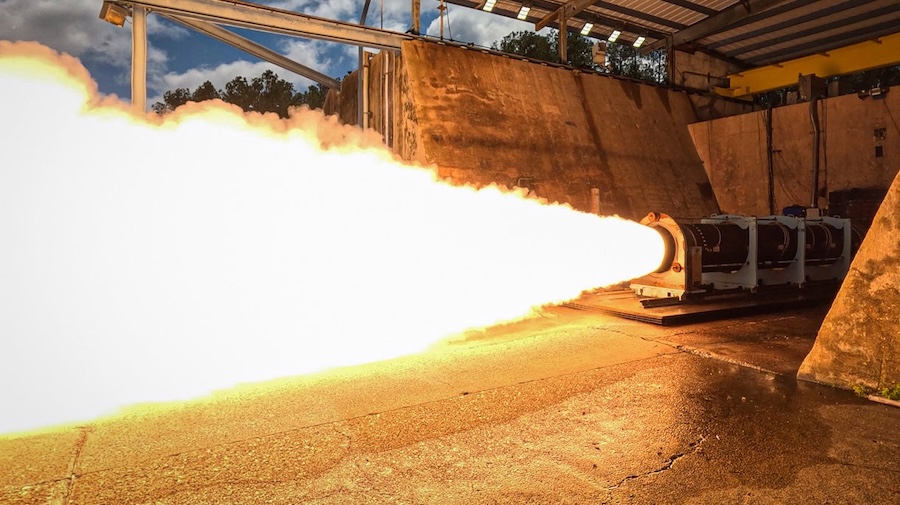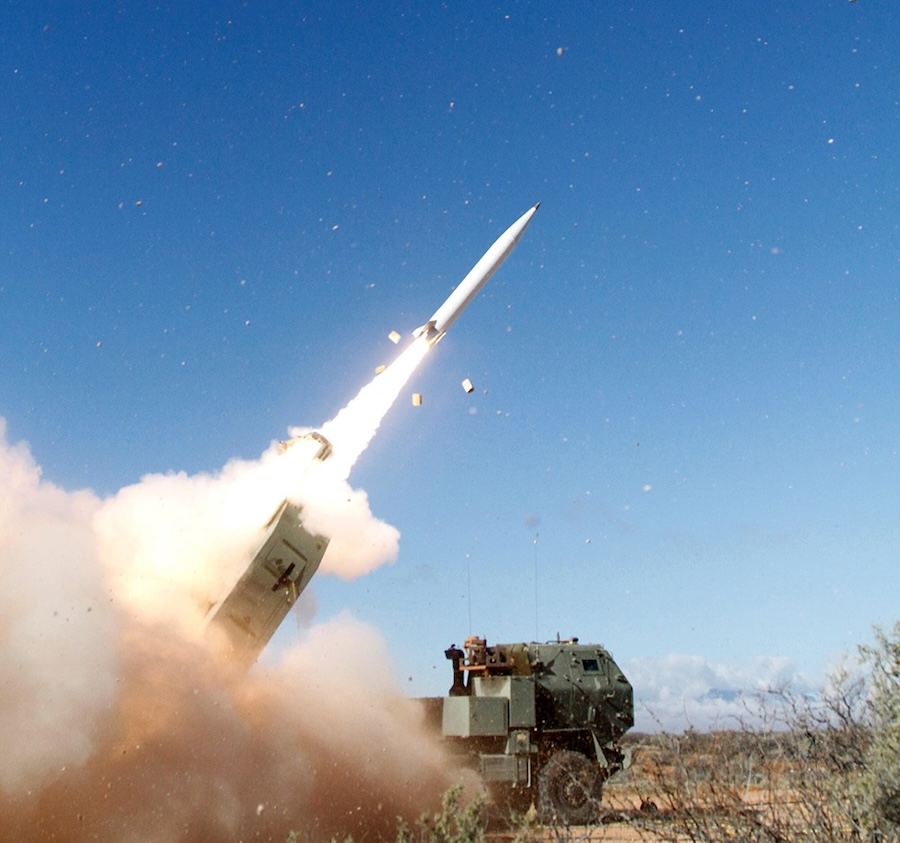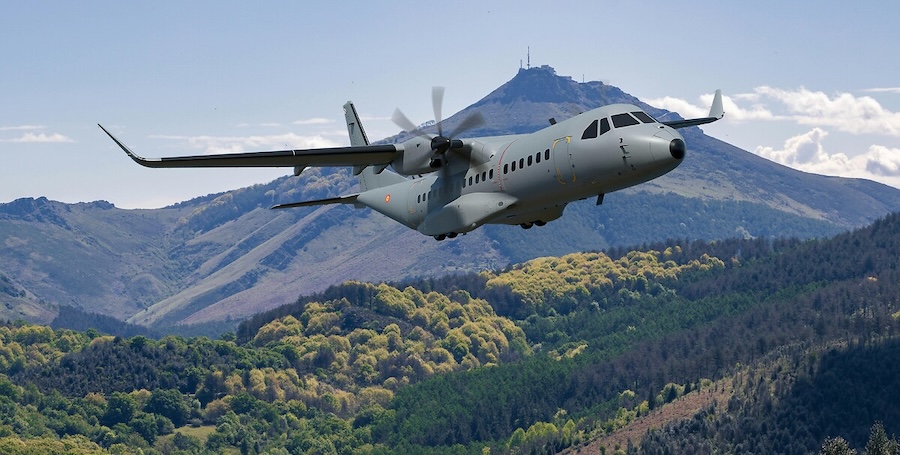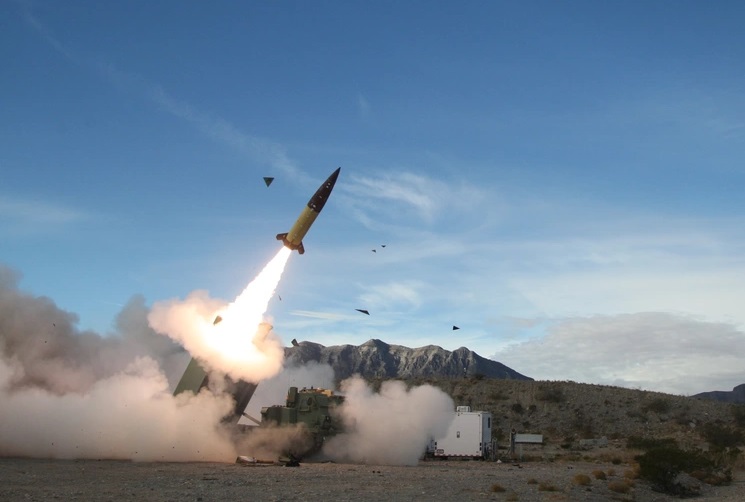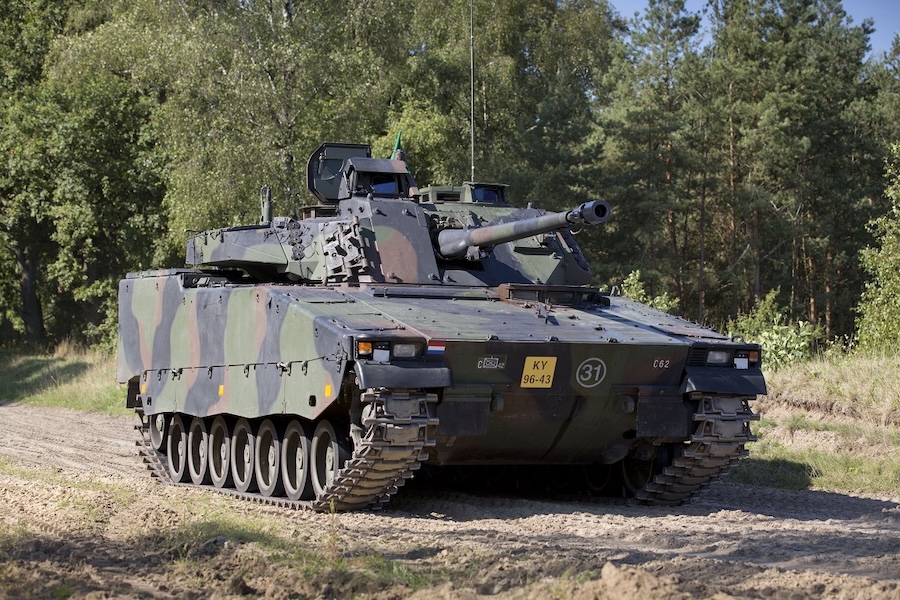The original iMUGS project, which ran from 2020 to 2023, established the groundwork for robotic capability on the battlefield, including advancements in autonomous systems, cyber security, and collaborative behaviours such as swarming. Expanding on these foundations, iMUGS2 will develop systems capable of transitioning from experimental to deployable defence capabilities, with national procurement expected by 2030.
The consortium for iMUGS2 now includes 29 partners from 15 EU member states, doubling the size of the original team and representing a wide range of expertise across large industries, SMEs, and research organisations. Raul Rikk, Capability Development Director at Milrem Robotics, noted the significance of this expanded collaboration, saying, “It speaks volumes that all participants, member states, and companies alike of the first iMUGS project have decided to continue with iMUGS2.”
iMUGS2 has outlined three key outcomes. First, it will deliver combat-ready UGS to support dismounted infantry at different operational levels. Second, it will establish operational concepts to demonstrate how UGS and unmanned aerial systems (UAS) can enhance battalion and cross-domain capabilities. Third, the project will further develop a modular, open architecture that integrates both autonomous functions and existing systems across unmanned and optionally manned ground vehicles.
Rikk emphasised the strategic vision behind iMUGS2, describing it as “a significant leap forward in developing and fielding advanced, cost-effective and combat-ready autonomous ground systems.” He added, “Our goal is to enhance European defence capabilities and develop solutions that are ready for procurement and integration by 2030.”
The project builds on the EU’s objective to reduce reliance on non-European defence technology and enhance interoperability between member states. iMUGS2 will also conduct a 72-hour operational trial to validate the system’s readiness and efficiency in challenging conditions, such as GNSS-denied environments and adverse climates, drawing lessons from recent conflicts like the war in Ukraine.
If approved, iMUGS2 is expected to set a new European standard in modular open architecture for unmanned systems, with its results contributing to Europe’s capacity to respond to evolving defence needs.


